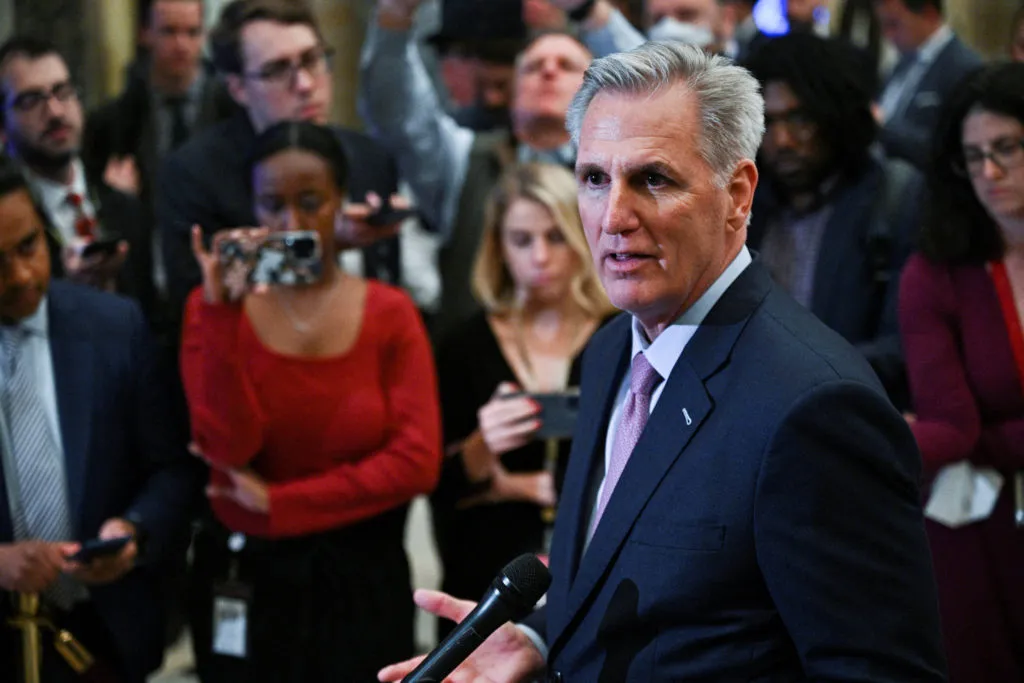Stocks, Bonds, Imports, and Even Your Money Market Fund Are At Risk Due To The U.S. Debt-Ceiling Standoff
U.S. Treasury bonds are widely recognized as the ultimate risk-free asset due to their exceptional liquidity, extensive use as collateral in financial transactions, and crucial role in supporting the U.S. dollar's status as a reserve currency.
A default on U.S. federal government debt could undermine the stability of the global financial system, although the likelihood of such an event occurring is considered low. Nevertheless, the consequences of a default would be severe, including reduced consumption and investment and greater financial shocks that would damage U.S. and global growth and investor confidence.
Even prolonged debt-ceiling negotiations without a technical default could harm investment sentiment as they do within months of U.S. regional bank failures.
A technical default by the Treasury would be far worse, leading to real output contraction, with one estimate from Moody's suggesting that the possible GDP hit could be as much as 4%.
In the event of default, rating agencies are likely to downgrade U.S. federal debt, as well as the debt of entities enjoying explicit or implicit U.S. government backstops, such as large banking organizations and Government-Sponsored Enterprises (GSEs).
Private entities that collateralize loans with Treasurys may need to seek alternative collateral, increasing borrowing costs.
Money markets, a significant source of financing for financial and other private institutions, could seize as investors flee money-market funds holding only U.S. government securities. Longer-term, a potential reduction in foreign holdings of Treasurys could weigh on the U.S. dollar.
The political configuration in Washington further complicates debt-ceiling negotiations. Conservative Republicans are calling for federal spending cuts, while Democrats argue that they agreed to raise the debt ceiling without issue under the previous administration.
U.S. House Speaker Kevin McCarthy is in a challenging political position. He must balance his own party's right-leaning wing's demands while seeking a compromise with the White House and Democrats that may not align with the Republicans' stance.
The United States reached its $31.4 trillion debt ceiling in January 2023, which still needs to be met with market reaction due to temporary means of funding federal outlays. However, most analysts predicted that these means would be exhausted by August 2023, with a hard deadline in September.
U.S. public debt has been growing faster than the economy for over 50 years, and debt held by the public sector is projected to reach 118% of GDP by 2033, with a debt burden of $46 trillion by fiscal year 2033.
Low equity volatility and corporate credit spread compression may temporarily obscure cautious investor sentiment, but greater market volatility and deteriorating investor sentiment are possible as the deadline approaches.
If the Treasury runs out of extraordinary measures to finance its operations, concerns could reinforce the banking sector's already-cautionary stance, leading to a retrenchment in credit provision to the broader economy. Such a credit contraction, with U.S. regional banks as a likely epicenter, could increase the risks of a recession starting later this year.

Subscribe to our newsletter!
As a leading independent research provider, TradeAlgo keeps you connected from anywhere.








